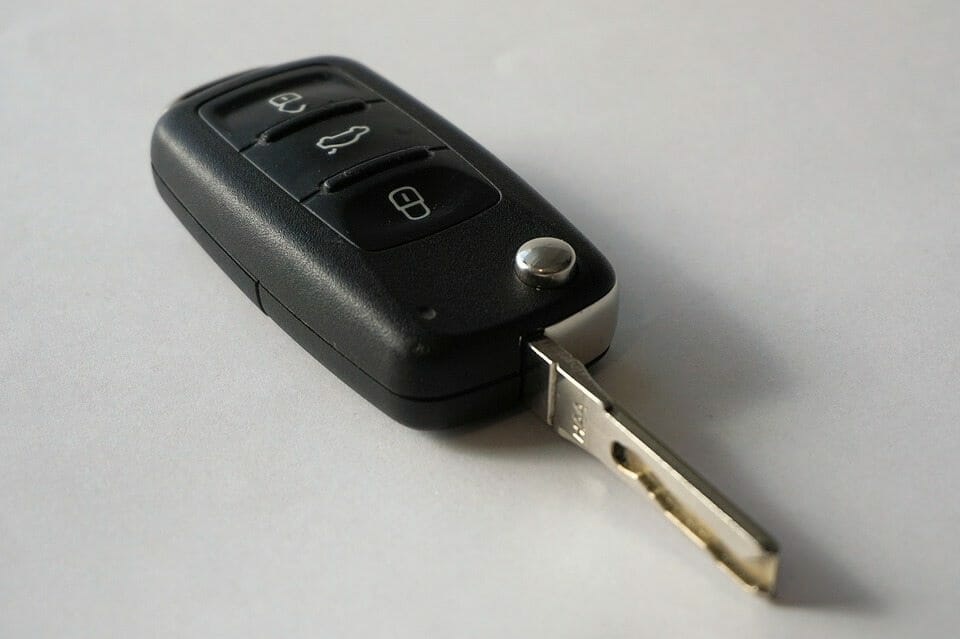Table of Contents
Is Your Car Safe From Electronic Thieves?
Autolocks LTD have gone high-tech, but are they really keeping us safer?
Your remote keyless entry system may make life convenient, but it doesn’t necessarily protect your car from break-ins. There are certain devices used to penetrate vehicles whose doors are controlled by keyless remote fobs, and criminals have so far been able to stay one step ahead of the game.
That means high-tech keyless entry systems are vulnerable, too, at least until car manufacturers can figure out new ways to stay ahead of electronic thieves.
High-Tech Keyless Entry Systems
Late-model cars now have wonderfully convenient features that equip drivers with all sorts of capabilities to make owning a car a high-tech venture. For example, on-board wireless systems can capture data from a smart phone app developed by the auto manufacturer, which allows for transferring information between a smartphone and the vehicle.
Navigating to a destination can be as easy as finding it on the Internet via your smartphone, then sending the directions to your car’s system.
As for keys, of course there aren’t any! A fob is all drivers need to unlock the car or truck and start the ignition. And, unlike the original generation of auto keyfobs, these don’t even need to be taken out of drivers’ pockets to function.
There are no buttons to press- simply keep the fob in your pocket and many cars can sense the presence of the fob and when the car door handle is touched, the lock releases. Then, once inside, the car’s system can sense the presence of the fob on the interior of the car, and the ignition may be started with the press of a button on the dashboard.
How the New Technology Works
The car’s system is always on the lookout for the unique combination of numbers that represent the key fob it came with. Other drivers with their own fobs may walk past the car, but their combination is different so the car won’t respond to their fobs, of course.
How Electronic Scanner Boxes Work
That wireless capability is where the thieves and their scanner boxes come in. These scanner boxes essentially hang out near the target victim vehicle and try fob combination numbers until one finally works.
This is called “brute force” attack, and it’s similar to how bots can “break in” to a password-protected website. They just keep hammering away until something works.
The scanners try different radio frequency codes until they get a match, then they are inside the car. That’s how many break-ins, in the beginning, puzzled law enforcement officials: there was no broken glass and no alarms were triggered.
The devices look like little black boxes, small enough to carry around in a backpack. A would-be thief will need to hold up the device near the vehicle while it tries its combinations, so anyone lurking near your car should be treated with some suspicion.
These are Break-Ins, Not Vehicle Thefts
The scanner boxes allow thieves to gain access to the vehicles, but not to drive away with them. That means, anything left in a vehicle may be stolen. In 2013, it’s estimated that more than a billion dollars’ worth of items were stolen from parked cars (this is in the United States).
Meanwhile, car thefts are down in that country, at their lowest since 1967 as of 2014, the last year for which there were stats for this kind of thing. That’s because although keyless entry fobs with the computer chips may be “impersonated” by the scanner boxes, they do actually protect very well from car thieves.
However, experts agree that even the keyless ignition may soon be susceptible to hackers who could mimic a vehicle owner’s key fob and drive away with the vehicle.
What Can You Do?
To deter break-ins, vehicle owners should use common sense. Enticing thieves isn’t smart, and it’s easy to take precautions that can make a would-be thief move on to someone else’s car:
- Don’t leave your possessions laying about your car when it’s parked.
- That goes double for electronics like your laptop, GPS navigation system, or smartphone. Don’t even leave the cords laying about, since these indicate presence of such electronics.
- Keep your valuables in the boot, out of sight.
- Park in smart places: well-lit, trafficked, and safe.
- Roll up the windows, locks the car doors, and close your sunroof at all times, even if you are just parking for a few minutes to run an errand.




